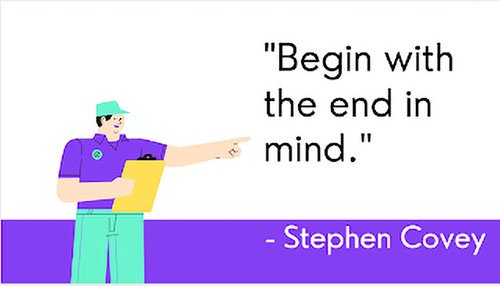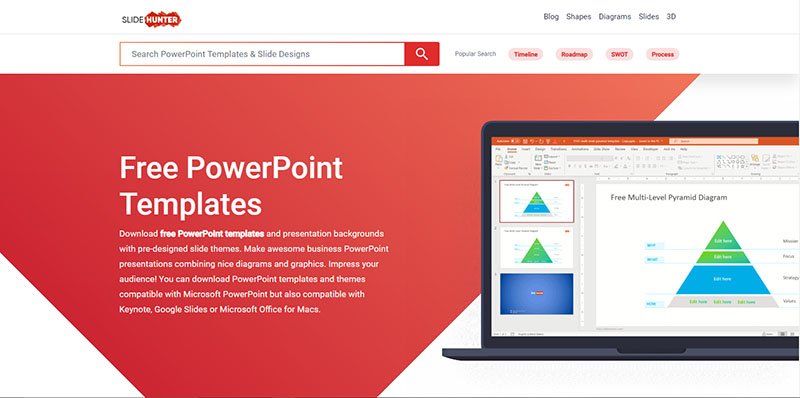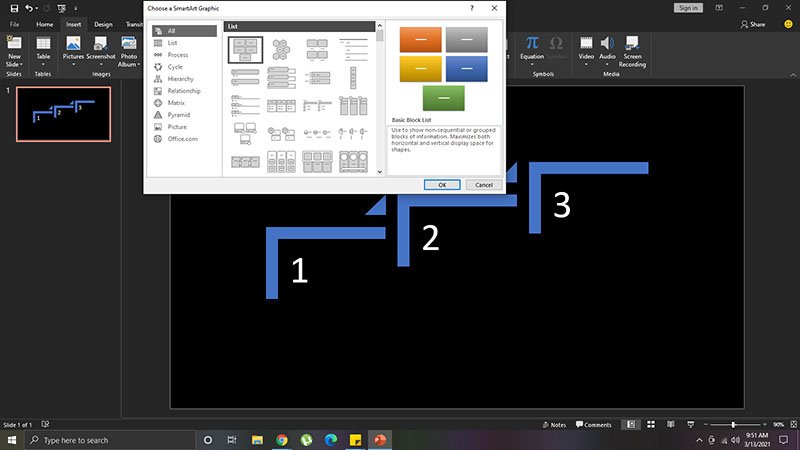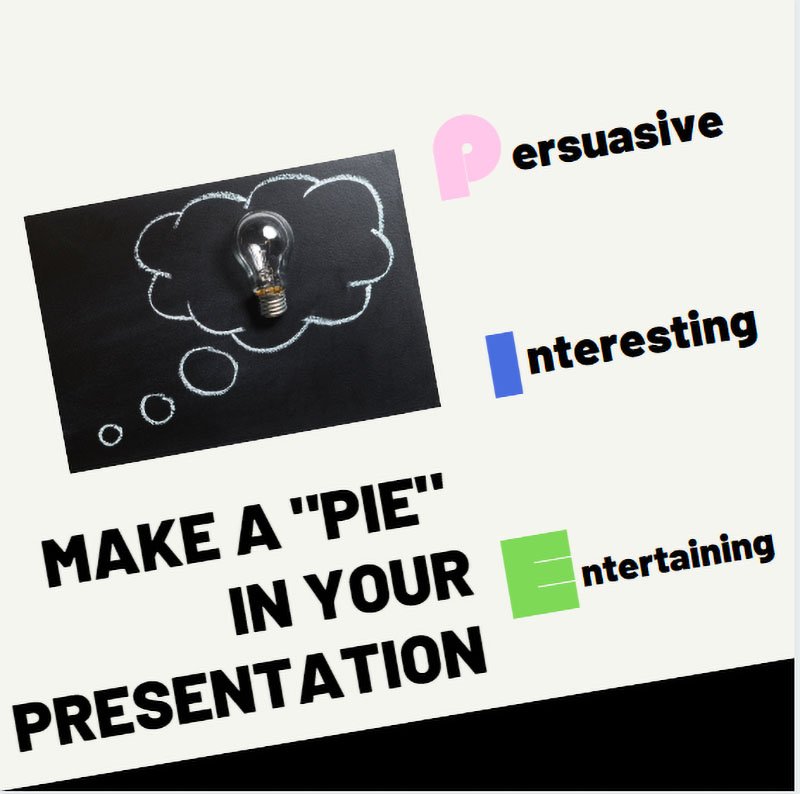Oral presentations can be seen as dreaded tasks by many. According to a study, an oral presentation is the most challenging form of assessment in any field.
Ask anyone about their view about this. Chances are, you may find that this is always intertwined with the phrases “stage-fright”, “social phobia”, “mental block”, etc.
On the other hand, the same study says oral presentation is a fruitful source of personal growth. Exposure in speaking to a large audience, when done well, can integrate greater confidence for the next presentations.
In today’s high demands of competitive qualifications, anyone must have experienced public speaking at least once in a while. Whether you’re a student, an employee, or even a company owner, you can’t get away with oral presentations.
Fortunately, you can learn and develop effective communication and presentation skills. Below are guidelines on how to equip yourself with the said skills, even a language teacher approves:
1. Know your target audience
A key to preparing your oral presentation is by understanding the type of audience you will have. This is an effective way to visualize the scene as vividly as possible.
By knowing your expected crowd, you can gauge the appropriateness of your language and the level of competence in the presentation. As the presenter, a role is to provide the audience what they came for. You are the sole authority and it starts with considering the people you will present for and the context.
Your target audience can be one of the following:
If in a classroom setting:
- Classmates
- Teachers or Instructors
- Panel of Judges
If in a company:
- Fellow Employees
- Potential Clients
- Business Partners
- Bosses
- Organizations
In mass media:
- Public
Due to pandemic, most in the list conduct oral presentations online but this doesn’t hinder an effective communicator to prepare himself. The goal is to find a common denominator between you and your target audience. Everything else will follow.
2. Prepare your outline
In his book 7 Habits of Highly Effective People, Stephen Covey talks about a habit to “begin with the end in mind”. He says all things are created twice – the one we mentally visualize and the one we do in the actual.
Engineers and architects need a structural blueprint before building. As the presenter, your blueprint will be an outline. This dictates the flow of your oral presentation and allows you to be on track.
Regardless of the type of presentation, the outline must have an introduction, body, and conclusion. In writing, this is called “The Burger Method”. This will help garner your ideas in the presentation.
A more experienced speaker outlines only the main content of the presentation but knows a smooth introduction and conclusion. Knowing your outline by heart can lessen the possibility to be anxious in front of the audience. You may write this on an index card, a piece of paper, or on a sticky note on your phone/computer.
Creating your outline ahead goes a long way in planning oral presentations. Again, begin with the end in mind. This is like manifesting success, in a way that can relate to the saying “What your mind can conceive, it can achieve.”
3. Make use of visual aids
Visual aids are relevant for the efficient execution of your oral reports. It retains accurate information to the viewer’s mind. This is encouraged for the content to be materialized. You can take advantage of the fact that most people tend to be more interactive with visuals, in general. The use of visual aids elevates engagement among the audience.
Like the outline, visual aids can make or break your presentation. If presented clearly and concisely, then, it will no doubt be effective. Let’s see how to do just that!
Graphic organizers
Miller (2005) defines graphic organizers as representations of “chunking” bodies of ideas to simpler mapping through shapes, lines, and graphs.
Adding graphics can help organize your thoughts coherently. Organizers encourage the audience to understand the relationships of your ideas. It is also through concept mapping the purpose of the oral presentation unfolds.
Including well-made graphics helps the audience relate to the story you are trying to tell and to grasp the fuller context of what is being communicated.
PowerPoint Presentation
Whether at school or work, PowerPoint Presentation is essential. This software is brilliant as it is intended to equip you with digital tools for any type of presentation.
This is a technological version of visual aids in the form of slides. All types of instructional materials can be found in this app. The good news is you don’t need to start from scratch since a lot of sites offer creative slide templates for free. Preparing for your oral presentations is made better than ever!
Audio-visuals
Finally, never undermine the impact of audio-visuals in your oral presentation. Inserting images, video clips or audio invites amused audiences. Aside from this, it also allows you to have small breaks in between.
Audio-visuals are effective in catching attention but they must be well-balanced. You may not want to overdo them. Consider its length as well as its relevance to the topic.
4. Rehearse Ahead
After writing the outline and preparing visual aids, you can now rehearse your oral presentation. An important matter to consider is to do this at least a day before your presentation. This is ideal because if you rehearse just minutes before, you are likely to get preoccupied with other factors.
Your rehearsal depends on the amount of time you have before the actual presentation. If it is in weeks or months, then no excuse not to practice. Many can advise you to simulate the scenario in front of a mirror. Ask a friend to listen. A study suggests reading notes before bedtime for better retention.
If planning is shorter due to time restrictions and urgency, then a technique is to maximize the remaining time for productivity. Study the most important idea in your presentation and scan through the rest, as often as possible.
To do this, you may come up with some mnemonics to your outline. Professional speakers make use of mnemonics in their delivery. Surprisingly, this is an effective way to communicate your ideas well.
5. Get Enough Rest
One of the most important but most neglected parts of preparation is getting enough rest. Being fit to present is equally significant as having the technical tools prepared.
This depends on the type of ethic a person has. Some people can rest their minds once they have finished their tasks. Others release tension first before they work.
Regardless of your preference to rest yourself, being well-rested guarantees a sound mind and body for the next day. It boosts energy and positivity which your audience can also capture.
Composure is a skill of proactivity amidst pressure. This goes hand in hand with your communicative efficiency in oral presentations. To do this, get rested. Not too much, not too less; but just enough.
6. Present with a pleasing personality
Your self-presentation is an indicator of how you want people to perceive you. In most cases, this is how others may respect you. Since our goal is for you to develop effective communication skills, here are extra special tips to ace your oral presentation:
Appearance
They say “first impressions last”. This is something you shouldn’t compromise. Your appearance will reveal how you feel about yourself. I will also be important in gaining people’s respect.
It doesn’t matter if you’re a one-time presenter or a regular. If you are to make an impression as the speaker, then better to make it a great one. Your appearance is also a form of expression.
Add Humor
Even though a lot of oral presentations have a level of seriousness, it won’t hurt to add humor from time to time. Humor can show that you are quick to think of your feet. It can help release the pressure you feel in front of an audience.
It can also set the mood for the audience at the beginning. Having humor means you don’t take everything at your expense. It means you’re detached from being perfect. You aim to be effective, after all. This is a huge impact on people to adapt your personality.
Confidence
Fear is like blood in the ocean to sharks. Your audience will know what you feel inside as it will show. It can manifest in your voice, in your tone, speed, body language, or in your disposition as a whole. This is something unavoidable because we’re still human.
We feel overwhelmed sometimes! That’s why a presenter should take time in preparing ahead. This will be a big deal in your confidence on the day of your oral presentation. Your execution with confidence is a key ingredient to being effective.
7. Be aware of stage presence
An effective presenter maximizes his presence whether on a stage, in an office, or in front of the camera. He uses the physical space to his advantage.
Facial Expressions
It’s not only saying the right words in an oral presentation. It’s also how you say it!. Your facial expressions can be contagious to the audience. It will also communicate your emotions. This is also important as you interact with the audience.
Even if you feel anxious inside, you can always control your facial expressions. (This is a skill, too.) Fake it ‘til you make it!
Eye Contact
Another important part of your presence in presenting is your eye contact with the audience. If you lack engagement with the audience, it just means you’re more focused on perfection. Again, this is not what we aim for.
An effective communicator understands that the eyes show how genuine one can be. Study shows there’s a psychological impact and connection to the audience if the speaker makes eye contact to them.
Body Language
Body language is a part of your presence as the presenter. You may find yourself relying on some gestures you present but don’t overdo them. This will be a mannerism and audience attention to what you are saying can be affected.
8. Deliver with smart speech
The heart of your oral presentation is your speech. You might know someone who is extremely attractive but is lacking personality in the manner she speaks. How we speak is evidence of class and character. There are a lot of factors that affect how you speak.
Your voice is an asset in oral presentations. The volume depends on the size of the audience. You might not want to exceed your normal volume in front of five people as this will just show unintended expression. Don’t strain your voice through your volume. You may find it difficult to maintain it in the middle of your presentation.
Your intonation and rate of speech also matter. To be an effective communicator, you must know to incorporate the right tone in your statements. Most sentences are expressed in a falling intonation. This is also used in asking WH-questions and in greetings. On the other hand, rising intonation is used in asking Yes/No questions and in a series of words.
Your diction and pronunciation of words are crucial. This will tell whether you did the assignment in practicing saying the words beforehand. You can make use of dictionaries and search for pronunciations. A confused audience is something we would want the least, after all.
On a final note, there are some things to avoid. As much as possible, lessen your verbal fillers like “Uhm, err..” This will make your audience focus more on the fillers than the point you are getting across. Vary your intonation since we don’t want you to deliver in a monotonous manner. Sound friendly and knowledgeable.
In stating important content, take note of your rate of speech, as well. Don’t appear to be in a rush to get rid of your audience. Savor your moment as the presenter and be a smart speaker while doing so. Words well said are words well-received. Again, it’s not what you are saying. It’s how you say it.
Conclusion
No one’s exempted from the dread of oral presentations. As the presenter, you might not hold your audience’s feedback but you can be responsible to be an effective speaker. Have you noticed everything in this list can be done in your control?
The good part of learning is knowing you can always have room for improvement. Developing effective communication skills takes time. This article is not intended for one-sit reading. You go back to the guidelines as often as possible, and go ace that presentation!




























![Mastering Personality Style Adaptability Tactics [5 Benefits] 67 Mastering Personality Style Adaptability Tactics](https://zoets.b-cdn.net/wp-content/uploads/2024/02/2ojpb-e1709053841881.jpg)